Fibromyalgia is characterised by widespread pain and discomfort. The symptoms can drastically impact quality of life.
Fibromyalgia is a condition that is often overlooked, as people with aches and pains are often told they are deficient in vitamins or nutrients. It normally doesn’t just have one cause, making it even more complicated to diagnose. Specialists assert that many factors such as genes, trauma or an injury can cause Fibromyalgia.
In addition to widespread pain, symptoms include sensitivity, stiffness, extreme fatigue, cognitive problems and poor sleep quality. Surprisingly, urinary incontinence is also among these symptoms. One in five women with Fibromyalgia experience unexplained bladder pain and pressure. It is also common for people with Fibromyalgia to experience a frequent need to urinate and pain during urination. In one research study titled, “pelvic floor and urinary distress in women with Fibromyalgia”, women with Fibromyalgia reported bothersome pelvic floor and urinary symptoms. The study found that when Fibromyalgia impact was worse, pelvic and bladder symptoms were also worse.
Interesting Fact:
About 80% to 90% of people diagnosed with Fibromyalgia are women.
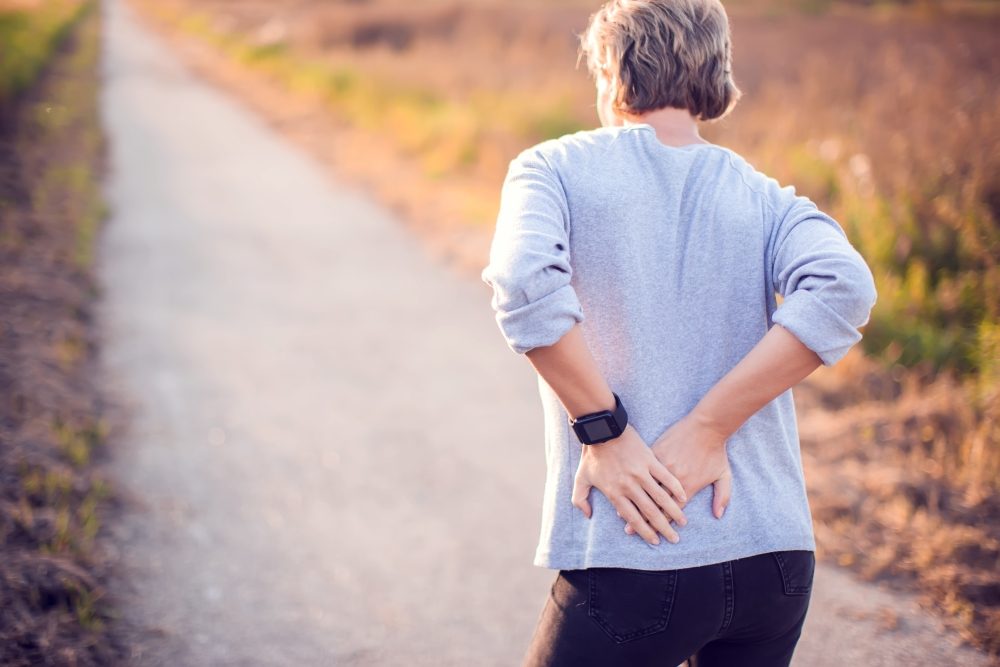
Interstitial Cystitis and Fibromyalgia often Occur Together
Interstitial Cystitis is often misdiagnosed as a urinary tract infection. As the diagnosis is often missed, most people have IC for about 4 years before they’re diagnosed correctly. Interstitial cystitis occurs often in women with Fibromyalgia, causing persistent bladder pain. Researchers suspect that chronic infection plays a role for both diseases. The pain of the diseases is believed to originate in the nerves. As both Fibromyalgia and interstitial cystitis are a lot more common in women, so researchers also believe that hormonal or anatomical differences may also be at work.
Fibromyalgia Triggers Nerves Controlling the Nervous System
Like other neurological conditions that can affect the nervous system, Fibromyalgia affects the nerves. The nervous system actually plays an important role in regulating the storage of urine in the bladder. Abnormal nerve signals can cause the bladder to spasm, causing a lack of bladder control. Fibromyalgia causes chronic pain, and chronic pain is thought to sensitize the central nervous system to pain stimuli. It is suggested that this chronic pain therefore triggers the nerves controlling the nerves controlling the urinary system. This explains why urge incontinence is the most common type of incontinence that those with Fibromyalgia experience. You can read our blog for more information on managing a Neurogenic Bladder.

Increased Risk of Other Health Complications
Causes of incontinence in people with Fibromyalgia can also be due to other health complications. A large proportion of women with Fibromyalgia report to have chronic urinary tract infections, which is an independent cause of incontinence. Many people with Fibromyalgia often also have weak pelvic floor muscles, although researchers are still unsure of the cause of this.
Did you Know:
Many people with Fibromyalgia also have Memory and Concentration problems. This is often known as “brain fog”
Treating Bladder Problems linked to Fibromyalgia
The research on bladder problems and Fibromyalgia is ongoing. Talking to a Doctor is vital, as they can recommend a specific bladder treatment programme and lifestyle changes for your case. Remember, there are millions of people in the same position as you.
Exercise the pelvic floor muscles
Doctors often recommend practising pelvic floor exercises, as this helps to strengthen the muscles and make you more aware of your muscles. They are particularly recommended for people with stress, urge and mixed incontinence. They consist of contracting and relaxing your pelvic floor muscles. Are you unsure how to do these? Read how to do pelvic floor muscles here.
Practice Bladder Training
This technique focuses on increasing the length of time you go in between urinating. You should ask your Doctor about a bladder training programme that is safe for you. This method is used most commonly for urge incontinence. Doing this will help you gain bladder control over the urge to urinate and increase the amount of urine you can hold.
Concentrate on Your Diet
It is important to try and avoid known bladder irritants, such as caffeine, spicy foods and carbonated drinks. You should also try and cut down on fluids slightly, however ensure you do not become dehydrated. A Doctor will recommend a safe diet plan for you depending on the type of incontinence you have.
Find Out How You Can Make Your Incontinence Diet Plan Enjoyable
Electrical Nerve Stimulation
Stimulation of the nerves that control the bladder is a popular option for treating urge incontinence symptoms in particular. This consists of a device delivering stimulation through a wire implanted in the skin. In one study, around 60% of women with urge incontinence found success through this method.
If natural remedies do not work, Doctors may recommend surgery to combat the problem. You can read about the many options of surgery for stress incontinence here.
The Fibromyalgia Bladder Index
The high prevalence of bladder problems has Fibromyalgia has even led to the development of a tool known as the “Fibromyalgia Bladder Index”. This tool helps doctors and patients to assess bladder symptoms that aren’t related to urinary tract infections. The potential of this tool is enormous, as it can help Doctors to track information on the progression of bladder problems with Fibromyalgia.

Do you Have Urinary Incontinence and Fibromyalgia?
Post on Our Forum for Expert Advice
Do you Suffer from Stress Incontinence? Read our Guide to Managing Stress Incontinence when Running
Recommended Urinary Incontinence Products
- A small, slim reliable pad
- Available in a range of absorbencies for light incontinence
- Comfortable, close fit
From £2.85
- Suitable for moderate to severe incontinence
- Designed to be worn with stretch pants
- Shaped pads
- Breathable back sheet
- Central wetness indicator
From £6.00
- Body Shaped Pads
- For moderate to heavy urinary/faecal incontinence
- Low PH Skin protection
- Leakage Barriers
From £4.98
- Designs available for men and women
- Oval cut leg
- FIT-FLEX™ Protection with LYCRA®
- Guaranteed overnight protection
- Maximum absorbency
- For moderate to heavy incontinence
From £6.29
- For light to heavy incontinence
- Breathable material for improved skin health
- Quick-dry acquisition layer
- Absorbent core to reduce the risk of leakage
- Flexible shape
From £11.49
- New anti-leakage barrier
- Thin and pliable material
- Breathable material
- Elastic leg opening
- Available in light to severe absorbency levels
From £5.49
Originally posted 2019-04-18 11:21:47.


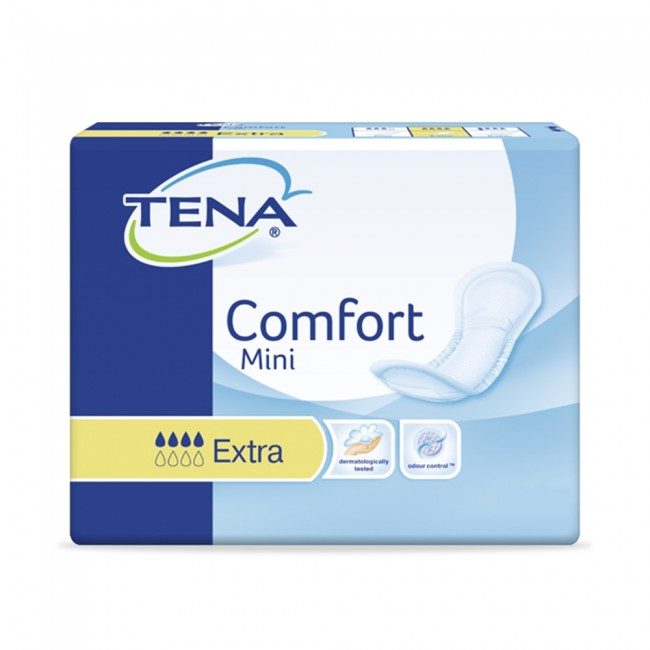
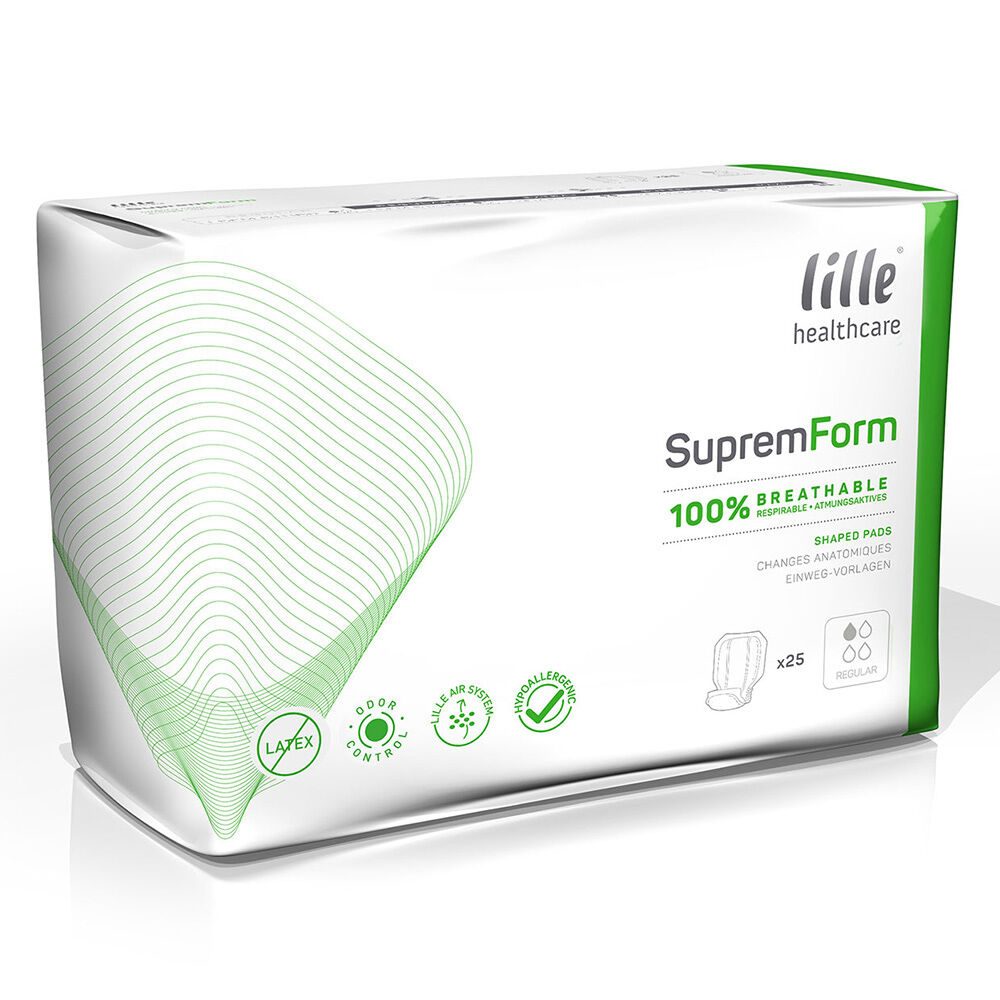
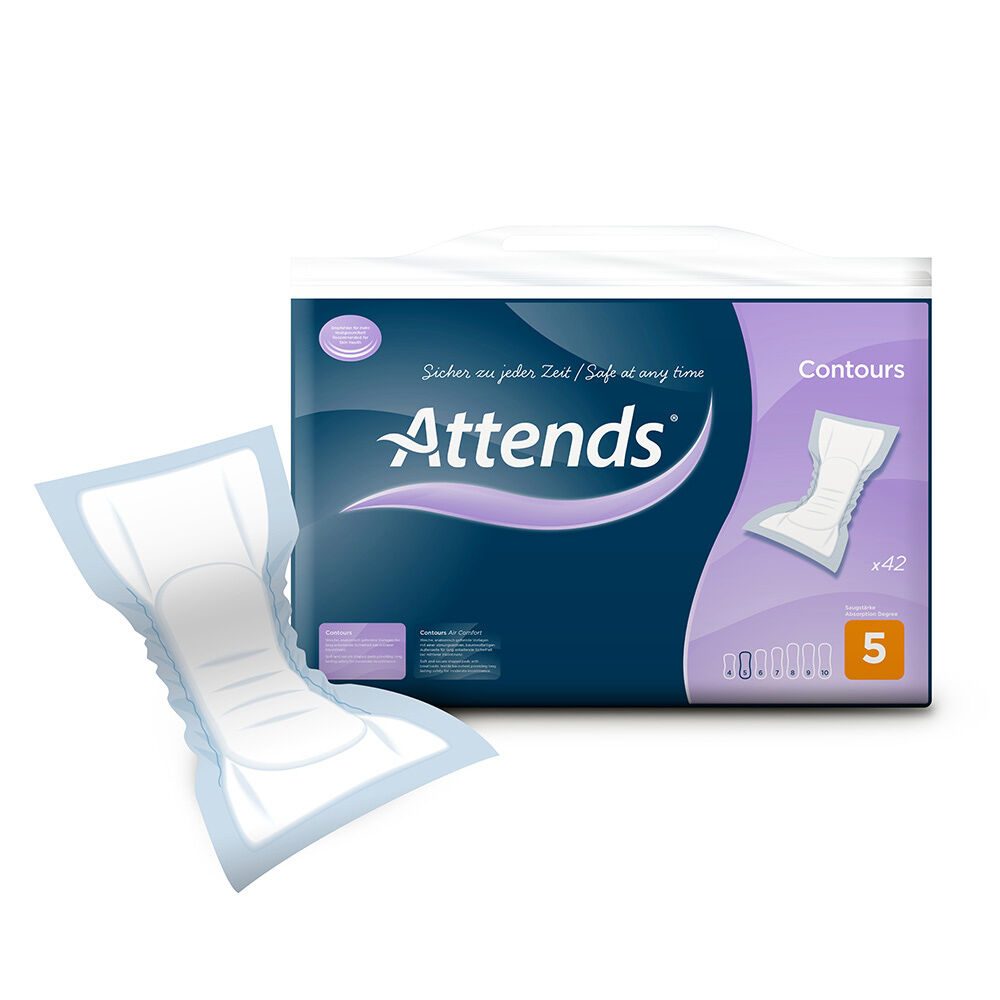
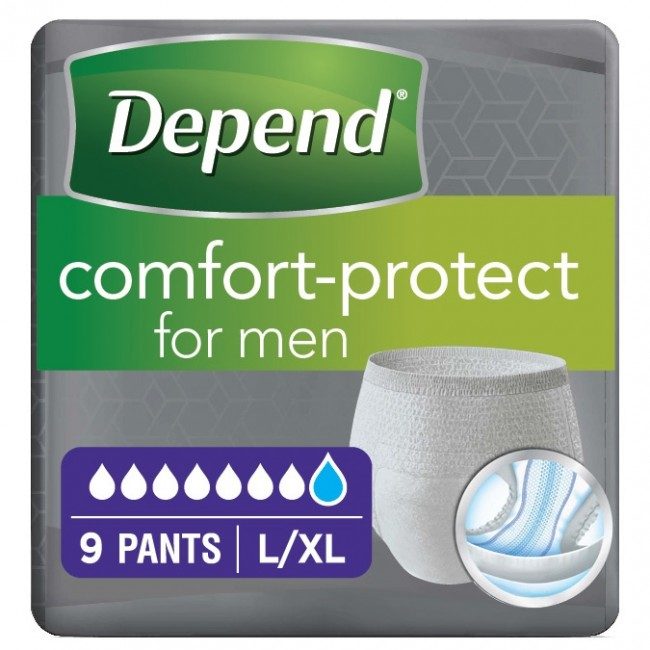
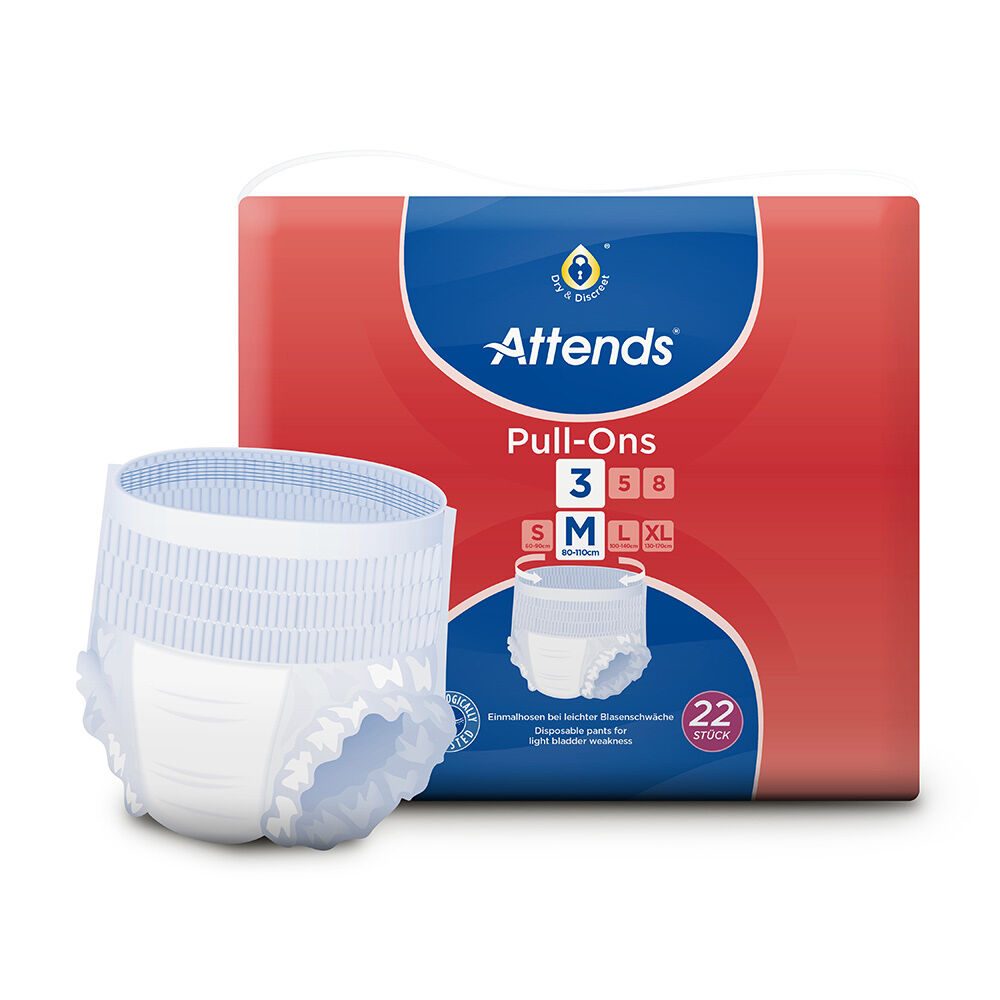
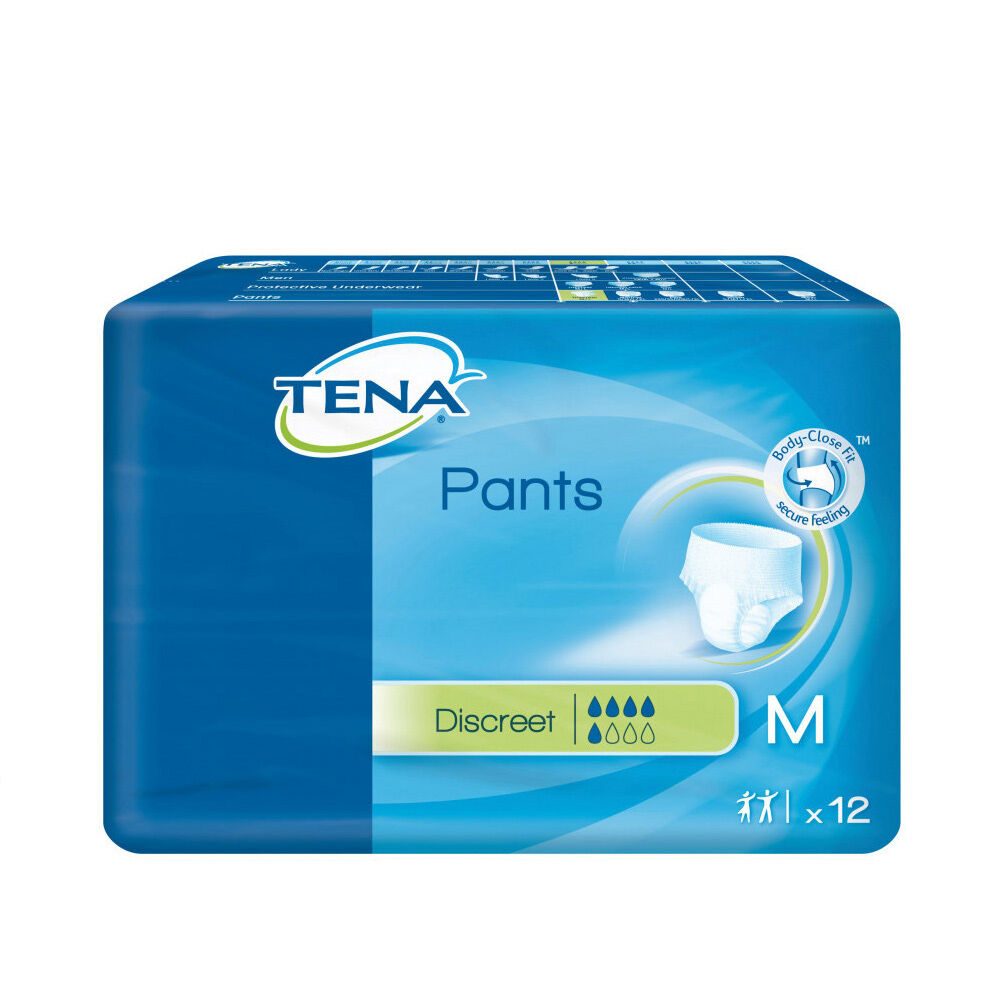



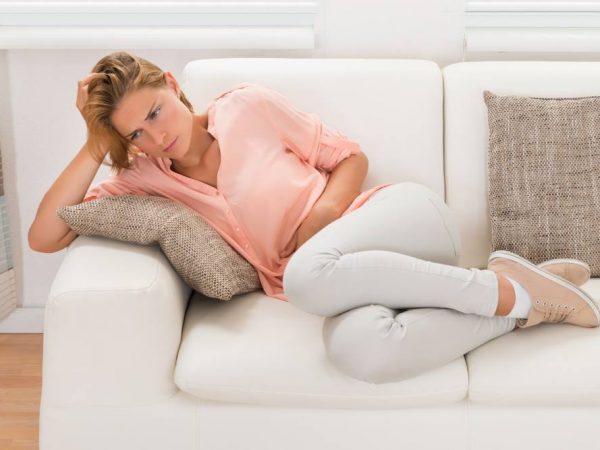

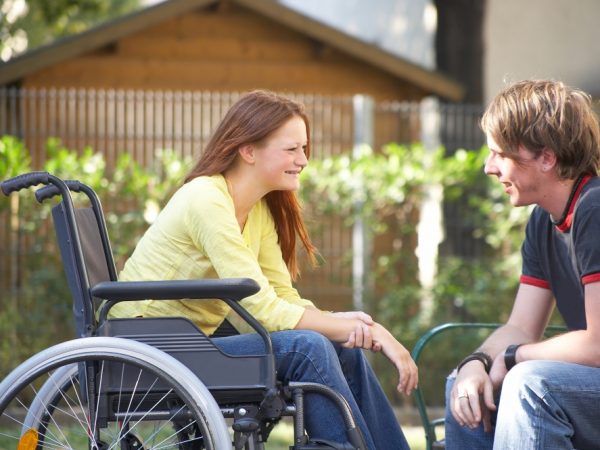





Leave a Reply